Learning by screenlight in the 21st century
FROM PAPER TO PIXELS: CHANGES IN MODERN LIBRARIES
Learning by screenlight in the 21st century
As ‘digital citizens’, students take on challenge of distractions, comprehension
At the lunch hour, the Charles City High School library is at its quietest moment of the day –– but it’s also packed with students, and empty tables are hard to come by for friends who settle in for a peaceful workplace. In the back of the library, boxes of tiny robotics and wiring sit on a long table, available for students to quietly construct and experiment with. Connecting wiring makes one module light up, another vibrate and flash. It’s the kind of hands-on activity that builds into project-based curriculum across the state: free exploration and problem solving.
It’s also a physical experience for students as they stack and turn over the pieces in their hands, similar to feeling the texture on a book cover or turning over a page. Where robotics modules gain students’ attention spans, the relatively lowly book and paper print-off can help build attention endurance –– teaching students to stay on task, whether they face pages of text or illuminated screens.

American History teacher Robert Pittman sees it a lot with his Charles City High School students: when faced with a question, students turn to Google’s front-page results.
“A lot of these young people, they have gone through times where they’re able to get the information from the blurb in Google search,” Pittman said.
“When we think about reading for understanding, they don’t have the constitution to open up a PDF file and read it all, (or) be like ‘OK, now I gotta open up Adobe Acrobat so I can highlight that, add a comment to it.’ I take that PDF and put it into Google docs, write a note to myself about it. That’s a whole new thing that they need to be able to do.”
It may be the impatience of youth, but some scientists argue there’s more to the story of reading and technology.
“There is physicality in reading,” cognitive scientist Maryanne Wolf told the journal Scientific American in Nov.
2013. “Maybe even more than we want to think about as we lurch into digital reading –– as we move forward perhaps with too little reflection.”
Research suggests that physical properties of the mediums –– paper versus screens –– affect people’s memories and comprehension: paper and ink reflects light, while screens emit light and tire the eyes and concentration; a 2005 study found people reading on screens are more likely to scan for keywords and less likely to read comprehensively.
“You’ve got to realize that students aren’t a static population. Every year they’re a new group, they do something different,” Pittman said. “In elementary, they do a thing called silent sustained reading.
But ten years ago they didn’t do that. The kid in first grade ten years ago, when we have them as an eleventh grader, what comes first?
“Having the ability to read print material for 20 minutes straight, does that come before you can read something on the computer for 20 minutes straight? I can easily see that.
So the next generation of elementary students we might have might actually be able to do this better.”
Elementary Teacher Librarian Anna Burnham is picky about the websites she uses to teach students how to search. Even though the school computers have search filters, choosing key search terms is still a big lesson, Burnham said, both so that kids can find the information they need and so they stay on age levelappropriate sites. Starting those search lessons in print books –– such as teaching kids to check the index –– narrows the field results and makes the transition to Internet searching easier.
“That’s the biggest challenge, having them learn to choose the correct words and find the correct materials that are on their reading level,” Burnham said. “If we work with the print first, it’s the stepping stone –– (you’re) thinking about those words that we would use when you go to the Internet.”
SLOW READING WITH PACKED SCHEDULES
When English teacher Trudy McKeag offers free reading to her high school students during class, she’ll sometimes hear a variation on the same protest.
“They’ll be like, ‘I haven’t read a book since sixth grade.’ I’m like, you’re proud of that?
‘Well, I don’t have time,’” McKeag said. “I’m making time for you. Let’s make it not about school, let’s make it learning to enjoy literature. Finding that space in your life for some downtime.”
That’s not to say there are no devoted readers at CCHS –– McKeag advises Battle of the Books, a club tracking student’s reading prowess. But downtime can be hard to come by –– some students arrive at 7 a.m. for practices, and stay at school until 9 or 10 p.m. for sports or other extracurriculars.
“They’re really, really busy kids,” McKeag said.
McKeag and Pittman, who teach the joint class American Humanities, are trying to instill active reading strategies in their high school students –– an academic style of reading that helps the reader evaluate the purpose, relevance or argumentative fallacies (mistakes or misconceptions) the author places in a text.
The style introduces students to critical thinking concepts, allowing them to identify how strategies affect an argument’s outcome. Both teachers print of copies of resources they want students to highlight and write all over them, McKeag said, although students could also use computer programs for the same purpose. But balancing conceptual learning and busy schedules turns into a time management lesson, CCHS Teacher Librarian Naomi Yaddof added.
“When I have eight or ten kids in here and they’re all playing games, I look at their grades and I look at missing assignments, and I’m like, ‘come on,’” Yaddof said. “I think it’s prioritizing, sometimes they don’t feel engaged enough in a project to put it at the top of the list….I have other kids, they’ve got their sticky (notes) up on their computers, they’re diligent. It’s diversified. One spectrum to another, all day long.”
GROWING UP AS DIGITALLY
Burnham is working with technology specialist Laura McDermott to build a digital citizenship curriculum for Charles City’s two elementary schools. Online bullying is at the heart of public discussion nationwide, but, Burnham said, there’s much more that needs to be taught to keep elementary students safe online. On the school district’s website, a new link under Elementary Web Resources gives parents and students access to Digital Citizenship links –– from lessons on online safety to avatar creators, allowing students to create a portrait rather than putting personal photos online.
“I think that that’s new to everybody, and it needs to be taught not just in isolation by the teacher-librarian, but it needs to be constantly looked at and taught in the classroom as they’re using this technology,” Burnham said. “It’s basically teaching them the safe way and the proper way to use digital technology… how to keep your password (to yourself), what are safe and unsafe places to be on, how much information (about yourself) should you be placing out on the web.”
It’s not as unusual these days for Burnham to see kids under 13 with a Facebook page, or students carrying their own smartphones to the elementary schools. School policies ask students to keep phones in their lockers or turn them over to teachers, but beyond the school day, Burnham said, it’s difficult to know how students use them.
“I don’t know how much access or how much they use it for, but if they can tweet and email, that’s where this bullying thing gets totally muddled.
We have no control over that,” Burnham said. “It gets scarier when the kids have it in their hands at a much younger age.
I’m not sure they’re using it appropriately.”
In high school, instructors have to be diligent about keeping students on task, whether it be putting away a cell phone or keeping students on task with their 1:1 district Macbooks –– and the distraction often comes from family members calling or texting in, Pittman and McKeag said.
“All the time! They probably really are talking to their mom (like they say). Probably more their mom than any girlfriend or boyfriend,” McKeag said.
Mostly, minimizing distractions come from classroom management –– asking students to close their laptops halfway while listening to instructions, or recognizing when a student spends too long looking down at their desk or backpack.
“If the teacher’s moving throughout the room, doing stuff and engaging them as they use their computers, it doesn’t happen a lot,” Pittman said.
In the library, Yaddof doesn’t focus on personal directives as much as teachers like Pittman and McKeag do –– students can direct their own free time and study habits –– but managing the environment can help students focus on collaboration for the task at hand.
“Teachers who are consistent have a much different classroom atmosphere then teachers who are inconsistent,” she said.
By Kate Hayden khayden@charlescitypress.com

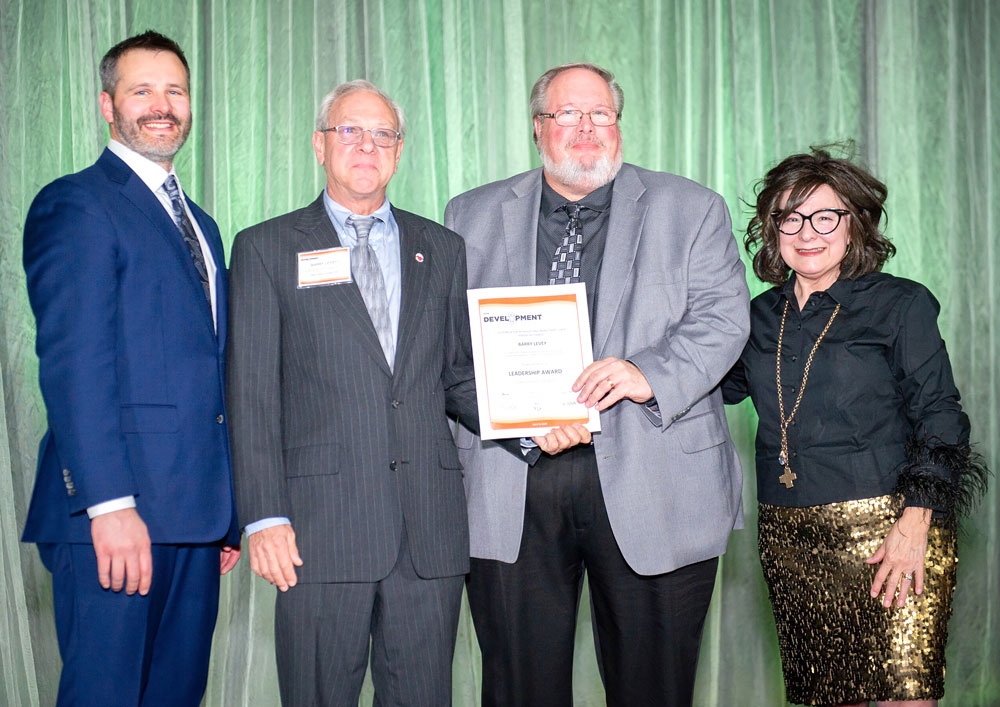
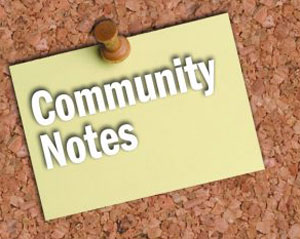

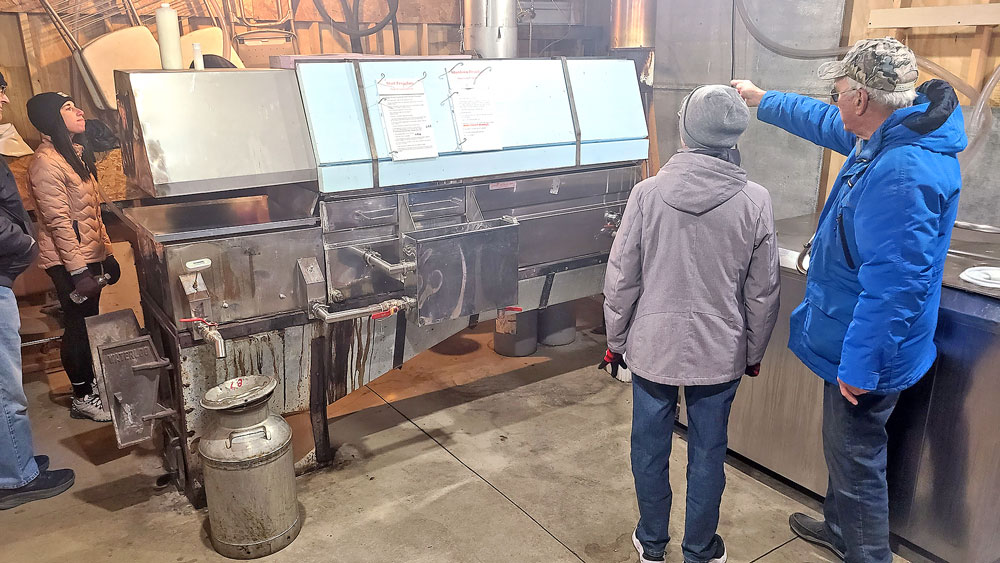
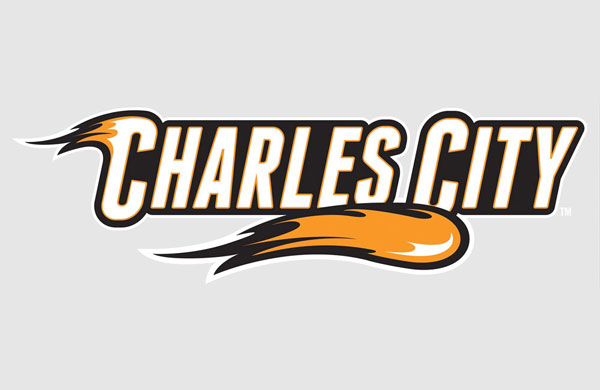
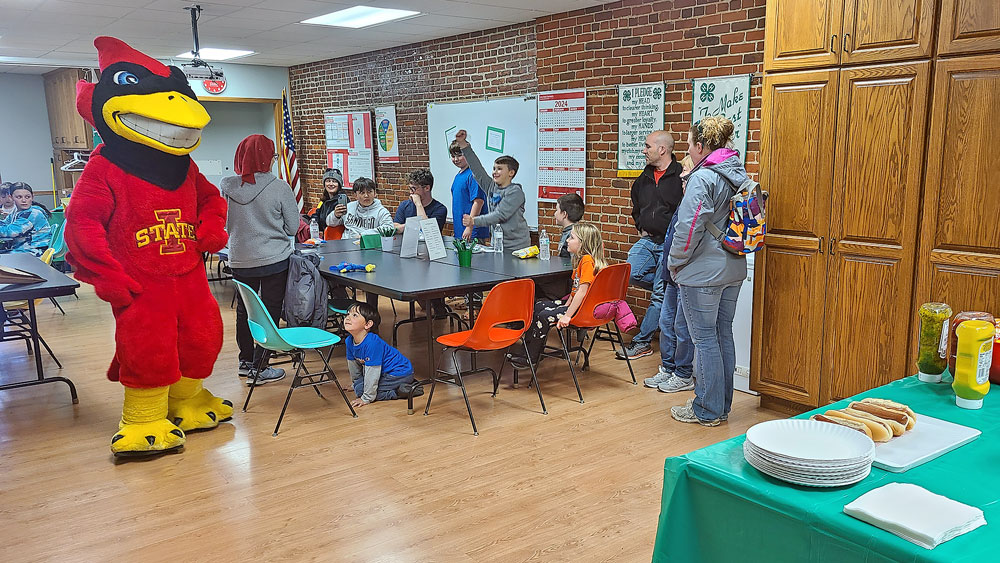


Social Share